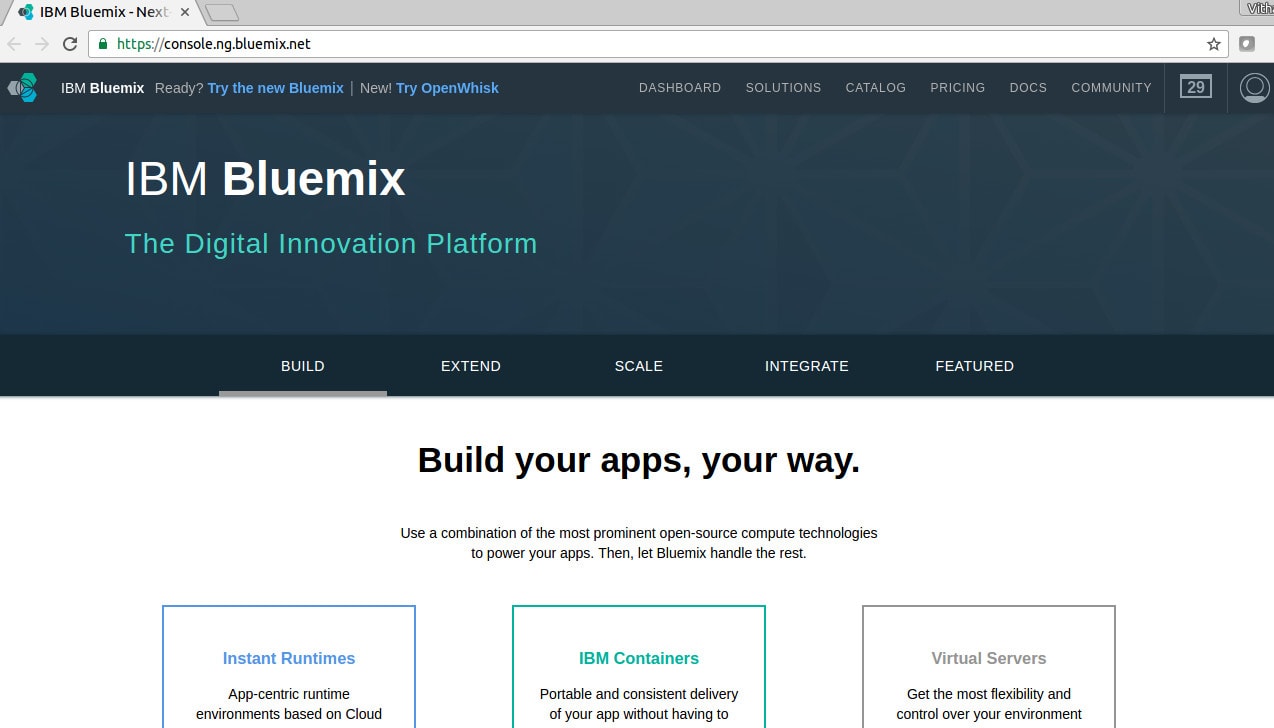

If you just want to get started you could use a speech recognition as a service provider. If you want to make them work for German or even Swiss-German you’d have to train them yourself. But often these models have been only trained for the english language. So what options are you having? Well you can still use one of the open source libraries, that already come with a pre-trained model.
#Python speech to text android#
You are not believing me? Here is all you have ever said samples to your Android phone. On the other hand everything you say to your phone, is collected by e.g. Where is the problem now? Well the problem is, you as a private person will not have millions of speech samples, which are needed to train the neural network. Because the word speech appears more often in written text we’ll go for that.

After removing the blanks and combining the same letters into one we might end up with the word "speech", if we’re lucky and among other candidates like "spech", "spich", "sbitsch", etc. So each 20ms slice is transformed into a letter and we might end up with a letter sequence like this: "sss_peeeech" where “” means nothing was recognized. So when you say "speech" for example,the chances to say “ch” after you’ve said "spee" is quite high ("speed" might be an alternative too). Now you feed in 20-40 ms slices of audio that have been formerly transformed into a spectrogram as input into the RNN.Īn RNN is useful for language tasks in particular because each letter influences the likelihood of the next. A RNN is a deep learning network where the current state influences the next state. Normally ( original paper here) the idea is that you have a recurrent neural network(RNN). The longer answer follows: In a nutshell - How does speech recognition works? You might be wondering why it is hard to get speech recognition right? Well the short answer is data. The drawback might be the quality of the speech recognition and the ease of its use. So there is no lag between saying something and the reaction of your device (We’ll cover this issue later). If you want to build your own device you make either use of excellent open source projects like CMU Sphinx, Mycroft, CNTK, kaldi, Mozilla DeepSpeech or KeenASR which can be deployed locally, often work already on a Raspberry Pi and often and have the benefit, that no data has to be sent through the Internet in order to recognize what you’ve just said.
#Python speech to text how to#
Oh btw here is a blog post from Pascal - another Liiper - showing how to do asr in the browser. That’s the option I am going to talk about in this article.
#Python speech to text software#
For creating your own piece of software with speech recognition, actually not much is needed, so lets get started! Overview So we might ask ourselves, can we put this technology to other uses than asking Alexa to put beer on the shopping list, or Microsoft Cortana for directions.

Speech recognition in terms of assistants on mobile phones such as Siri or Google home has reached a point where they actually become reasonably useful. Google Home, Amazon Alexa/Dot or the Apple Homepod devices are storming our living rooms.


 0 kommentar(er)
0 kommentar(er)
